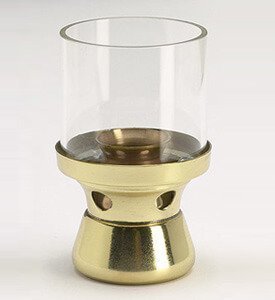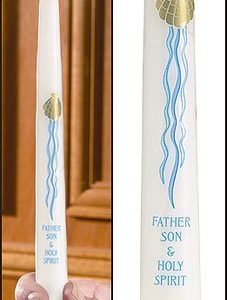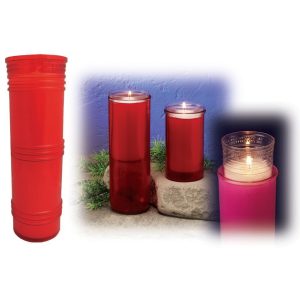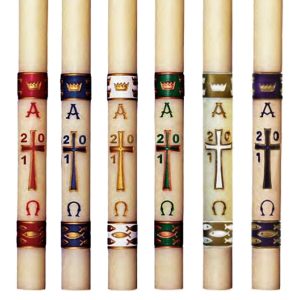Devotion & Sanctuary Candles
Things You Should Know About Devotion and Sanctuary Candles
Two types of materials serve as containers for long-burning candles: the open-top plastic container and the “restricted-neck” (often called a bottlelight) glass container.
For the best performance use your Devotion or Sanctuary Lights as follows:
- Be sure your lamp fixture is clean and in good condition, your candles are the right size for the lamp, and they are firmly seated.
- When lighting the candle, place the flame at the base of the wick. Hold it there for a moment until you see the wax start to melt.
- Once a candle is burning AVOID MOVING IT OR EXTINGUISHING IT. Allow the light to burn out completely without interruption to get full rated service.
Here’s why:
- If the candle is moved while ignited, liquid wax may drown the wick and extinguish the flame.
- If the flame is extinguished, and excessive liquid wax solidifies on the wick, the capillary function of the wick is seriously impaired. Thereafter, when the candle is lit again, the flame is seldom clean and smokeless.
When lighting the candle, place the flame at the base of the wick until the wax starts to melt.









